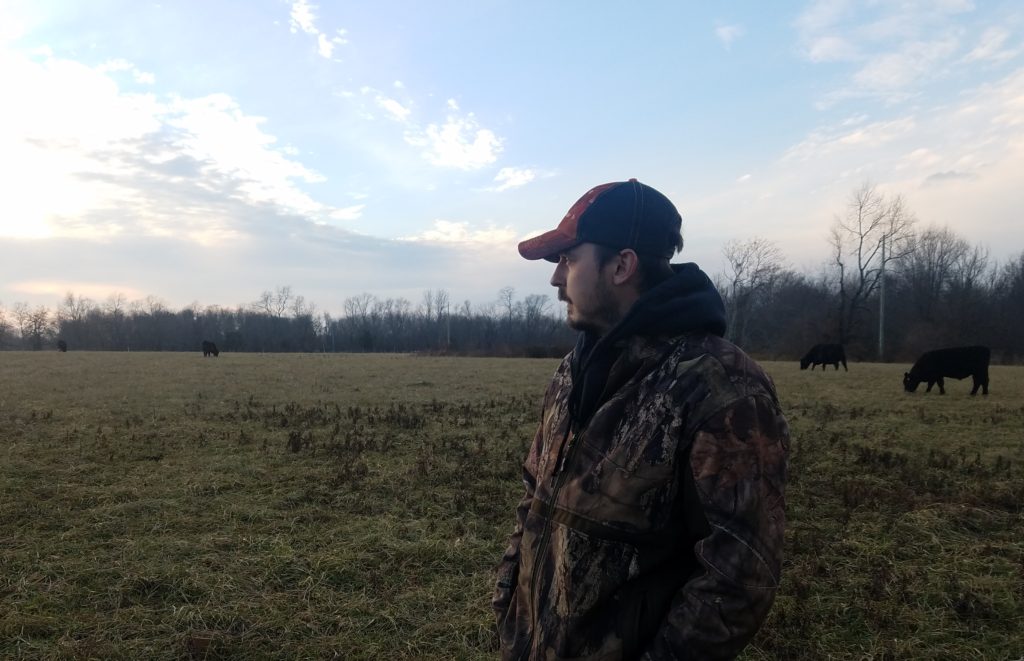
Editor’s Note: As a lead up to the 2018 Farm Bill, around which discussions and debate in Congress have already begun, the National Sustainable Agriculture Coalition is previewing some of the major programs and policies that advocates need to know in order to effectively engage. The fourth post in our series, “Path to the 2018 Farm Bill,” focuses on programs that support value-added and organic agriculture, local and regional food systems, and beginning and underserved farmers and ranchers.
On October 1, 2012, nearly a dozen sustainable agriculture farm bill programs came to a screeching halt. These programs, many of which the National Sustainable Agriculture Coalition (NSAC) helped to create over the course of the previous three farm bill cycles, were part of a long list of programs that ran out of funding upon the expiration of the 2008 Farm Bill. Because what should have been the 2012 Farm Bill took two years longer than expected, these programs were effectively “stranded” from October 2012 until February 2014 when the next farm bill was passed. As a result, grant programs for beginning farmers, agricultural research, rural development, and renewable energy went into hiatus and lost a full year of funding.
Historically, the primary goal of the farm bill was to provide a safety net for farmers. This was done through two major channels: commodity support programs, and disaster assurance and crop insurance programs. These days, the farm bill doesn’t just concern itself with creating a safety net for the farm economy; it effectively serves as a farm to fork safety net, protecting the environment, farmers, and American families. One of the most significant additions to this broader farm bill safety net has been the Supplemental Nutrition Assistance Program (SNAP) (formerly known as food stamps), which today makes up roughly 80 percent of the total farm bill budget.
Commodity programs, disaster assurance and crop insurance, and SNAP make up the largest of the farm bill “buckets”, and enjoy permanent funding streams. Programs with permanent or “mandatory” funding can continue to run on autopilot, even if a new farm bill is delayed. There are also other farm bill programs that enjoy permanent funding in addition to the big three, including the major farm bill conservation programs, a number of specialty crop programs, and one renewable energy program.
Many other important programs, however, could be left stranded without a reauthorization of funds in the 2018 Farm Bill, including many of its most innovative programs. These include programs that support and invest in beginning and minority farmers and ranchers, local and regional food systems, rural economic development, and organic production. Most of these programs are only funded for the five years of the 2014 Farm Bill (FY 2014-2018) and will cease to exist if Congress does not provide new farm bill funding by October 1, 2018.
Programs that fall into this latter category include:
- Conservation Reserve Program – Transition Incentives Program (CRP-TIP)
- Beginning Farmer and Rancher Development Program
- Outreach and Assistance to Socially Disadvantaged Farmers and Ranchers
- Organic Agriculture Research and Extension Initiative
- Organic Production and Market Data Initiative *
- National Organic Certification Cost Share Program
- Food Insecurity Nutrition Incentives Program
- Value-Added Producer Grants Program *
- Rural Microentrepreneur Assistance Program *
- Farmers Market and Local Food Promotion Program
* In the case of these three programs, in addition to direct farm bill funding, the annual agriculture appropriations bill often provides additional supplemental funding.
In addition to seeking policy changes to improve and enhance a longer list of sustainable agriculture programs, NSAC will invest heavily in securing new funding for these 10 programs ahead of the September 2018 deadline. Part of this effort will be doing whatever we can to help ensure that the 2018 Farm Bill is finalized on time ahead of the expiration of the 2014 bill, or, if an extension of the 2014 measure becomes necessary, that it includes one-year stop gap funding for the programs listed above. We will also explore every possible avenue to provide some or all of these 10 programs permanent farm bill funding.
In total, there are 37 programs, including the 10 listed above, that receive mandatory farm bill funding today that are not permanently funded and hence will be subject to a debate about renewed funding in the new farm bill. Combined, the 37 programs represent a $2.6 billion investment by the 2014 Farm Bill, or just over two percent of the total farm bill cost (excluding SNAP). In the rural development title, these programs are 100 percent of direct rural development spending. For the energy, research, and horticulture titles, they represent three-quarters, half, and one quarter of total spending, respectively.
More specifically, the ten programs listed above represent a nearly half billion-dollar investment during the current farm bill cycle, including 100 percent of farm bill funding for beginning and socially disadvantaged farmer programs, organic programs, and rural economic development spending.
Looking Forward
Both the House and Senate Agriculture Committees have begun to hold farm bill hearings ahead of writing the next farm bill, and we expect the debate to ramp up significantly toward the end of this year. If you are interested in helping to defend, improve and expand these critical programs, sign up for our action alerts and stay tuned for opportunities to engage, tell your stories, and communicate with your legislators as the farm bill process progresses!

